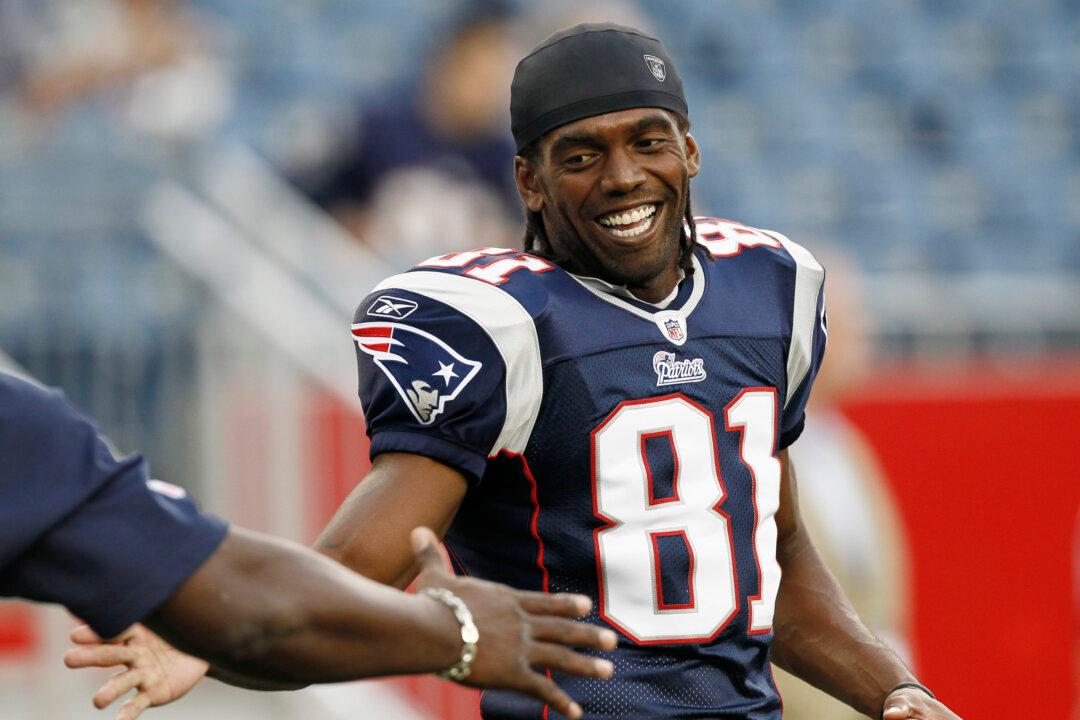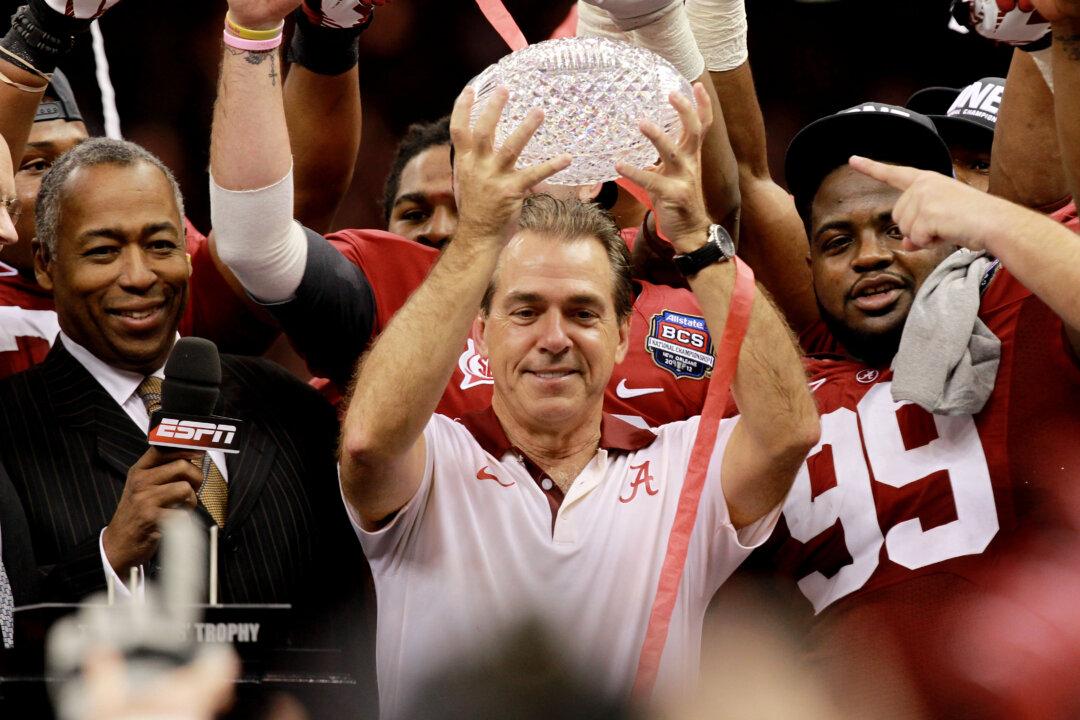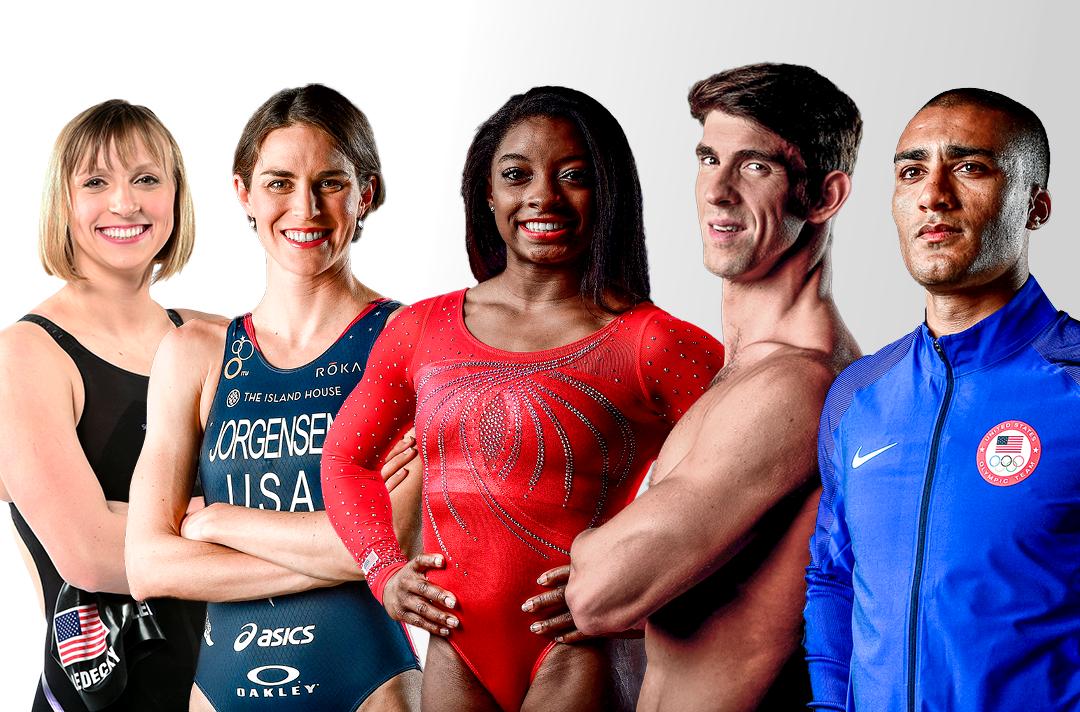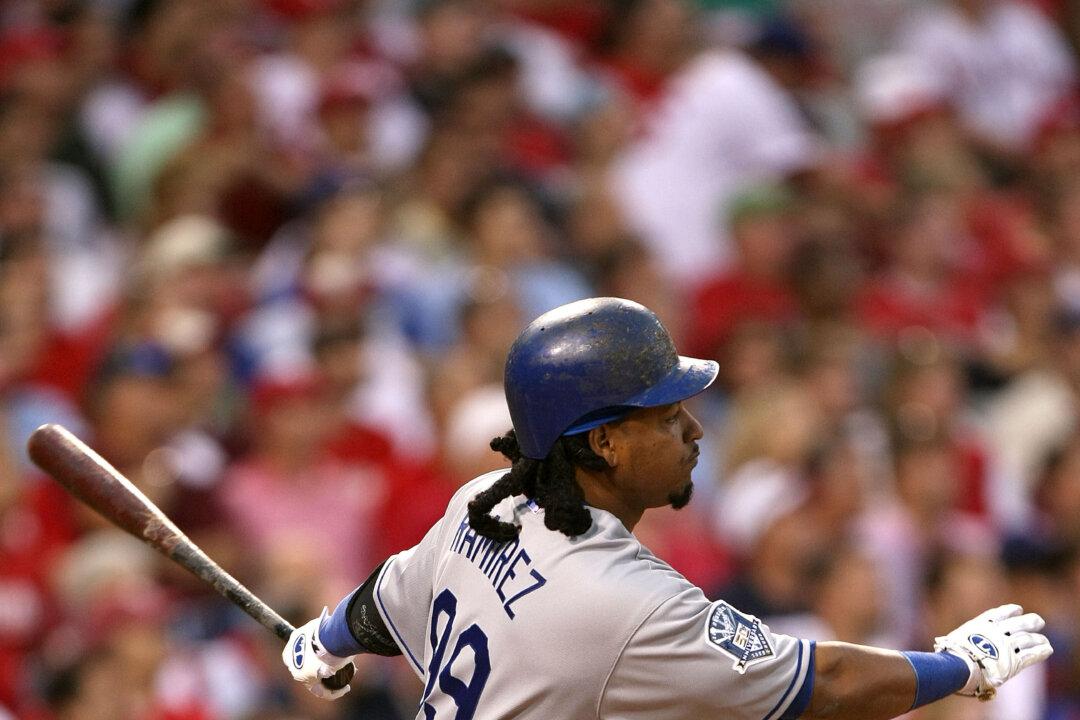Trades in the NFL happen when two teams find common ground in a deal that benefits both parties. Most of them involve draft picks as opposed to the player-for-player deals that baseball teams are limited to. Yet not all of these trades end up as win-win situations. Here are the seven most lopsided deals the NFL has seen over the last 30 years. Let the debating begin.
7. Dallas trading a 1st, 3rd, and 6th round pick for Roy Williams and a 7th round pick in 2008: Roy Williams, who had a great collegiate career at Texas, had just one good year with Detroit (2006 – 1,310 yards receiving) but it was enough to fool the Cowboys into giving up way too much for a receiver who gained just 196 receiving yards in 2008, 596 in 2009, and 530 in 2010. Williams was cut before the 2011 season and was out of the NFL a year later. If there was any good news for the Cowboys in this deal, it was that the Lions were only able to get one starter—Brandon Pettigrew—out of the deal.






